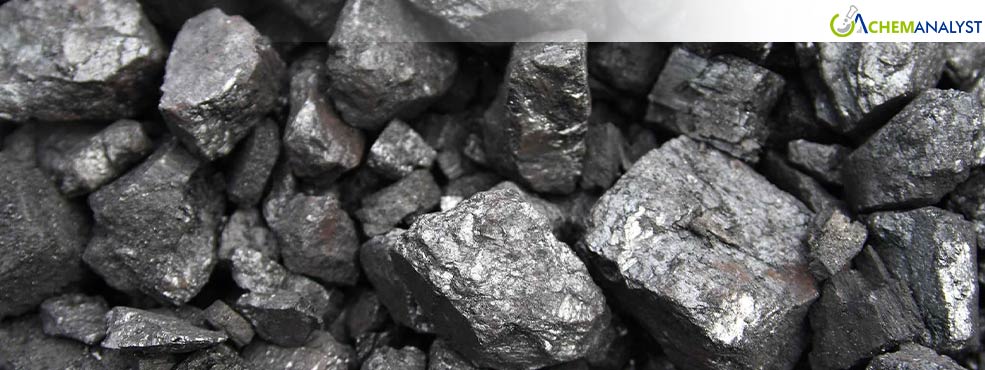Welcome To ChemAnalyst

The global market for petroleum coke, is entering the Q2 of 2025 in a state of uncertainty due to a decline in the price of crude oil, unstable trade dynamics, and changing import trends. Following their sharpest monthly drops since 2021, global oil benchmarks are now putting pressure on Petroleum Coke prices, which had been rising in Q1 in areas including North America and parts of Asia.
WTI fell 18% in April, while Brent crude futures fell 15% a barrel. The Petroleum Coke industry has been impacted by this abrupt correction. Refiners may modify their Petroleum Coke output strategy in response to Saudi Arabia's signals of higher oil production and a desire to regain market dominance, which might raise supply in an already precarious demand scenario.
Due to tight inventories and robust demand from the steel and aluminum industries, the Petroleum Coke market in the United States witnessed an optimistic tone in the first quarter of 2025. Strong refinery cargoes and advantageous freight conditions helped to drive up Petroleum Coke prices. But there is worry that Petroleum Coke consumption may slow in Q2 as oil prices decline and U.S. economic indicators deteriorate, as evidenced by a Q1 contraction and declining consumer confidence. The real test will be sustaining downstream demand amid trade tensions and economic headwinds," an industry analyst said, pointing out that high refinery run rates in the U.S. might keep Petroleum Coke supply elevated.
In the meantime, a change in fundamentals is reflected in the price of Petroleum Coke in India. With Q1 volumes steady year over year, imports fell 23% from February to a six-month low in March 2025. The decreased demand for seaborne Petroleum Coke is the result of higher domestic production of calcined Petroleum Coke (CPC) and higher import quotas for GPC. The majority of smelters found it difficult to utilize even last year's allocations, despite India raising CPC quotas for the fiscal year, indicating a lack of interest in overseas cargoes.
The actions of Saudi Arabia are being closely monitored. Petroleum Coke byproduct volumes may increase in the region as a result of Riyadh's efforts to increase exports and the possible rollback of OPEC+ production curbs. The overall effect, however, will rely on how purchasers throughout the world react to the potential of oversupply. Petroleum Coke prices are still currently influenced by the changing oil market environment.
The behavior of refineries, trade logistics, and end-user demand all have an impact on the current extreme regional fragmentation of Petroleum Coke prices. While Asian markets contend with high freight costs and a gloomy outlook for the steel industry, the U.S. Gulf Coast remains a major export hub. The prognosis for Petroleum Coke prices globally will also be influenced by Saudi Arabia's export goals and refining margins.
Given the current examination of the Petroleum Coke price per ton and the conflicting signals surrounding seaborne Petroleum Coke prices, the Q2 market may move in either direction based on industrial demand, geopolitical developments, and the stability of the oil price. In their purchasing methods, consumers are increasingly comparing the price of Petroleum Coke today to domestic alternatives and taking availability, pricing, and quality into account.
All eyes are on crude dynamics, regional import changes, and the interaction between global trade policy and industrial use as the quarter progresses, as these factors are crucial in predicting the future direction of Petroleum Coke prices.
We use cookies to deliver the best possible experience on our website. To learn more, visit our Privacy Policy. By continuing to use this site or by closing this box, you consent to our use of cookies. More info.
